|
Vermilion Flycatcher sitting on her nest, Agua Caliente Regional Park, April 2018 It is spring in Tucson, and Agua Caliente Park is busy with activity. The winter visitors have left for northern climes, migrants from the south are stopping by on their way north, and our locals are building nests. Here is mix of what was happening in April. Cooper's HawkCooper's Hawks nested in 2017 in a large pine tree next to the cottage, and they (or another couple?) are back using it again this year. As a prelude to this nesting activity, here are two images captured in February showing a Cooper's Hawk displaying fluffy white tail coverts as a part of their courtship ritual. This could be a male or a female, both sexes display this way. The two sexes look alike, the only difference is that the female is larger than the male (If you are going to carry those eggs and feed those chicks, you gotta be big!) Below, likely the female, is working on nest building. The nest is high in a pine tree just south of the cottage. This view is looking up from the ground on the north side of the cottage and tree. Below a view of the female tending to the nest. I caught her face between her legs! Below, the male and the female sitting together in the nest. This was captured on April 5th looking up from the south side of the tree. Stay tuned, hopefully we will be seeing hatchlings in May! Anna's HummingbirdA female Anna's Hummingbird is sitting on a newly built nest. The nest is built of plant down and spider webs, from the bottom up. These materials allow for expansion of the nest as the hatchlings grow. The clutch size is usually 2 eggs. Nesting, hatching and feeding the offspring is strictly up to the female. The male provides the genetic material, and then disappears off into the flowers. Hatchlings keep momma busy, as posts from 2017 demonstrate! Again, I am hoping for offspring in May. Vermilion FlycatcherA Vermilion Flycatcher on her nest. They commonly build nests on horizontal branches of Mesquite Trees. Not all nests survive, and they may nest more than once during a season. Unlike Hummingbirds, the male supports the female during nesting and hatching, including feeding the female while she sits on the eggs. Not everyone is nesting, or at least, we don't see their nests! Here are some feathered citizens of the park up and about looking for food, or maybe a mate! Great EgretOn one of the Thursday morning bird walks we were lucky and spotted a Great Egret fishing on the newly constructed/rebuilt pond on the western side of the park. Here he is looking for breakfast, and below makes the lunge, having spotted what he wants. He seems to have grabbed a bite, and swallows it down in the following frame. As if to say, "Sorry to have to eat and fly!", he takes off looking for the next culinary opportunity. These are beautiful birds in flight. Spotted SandpiperLater in the month, on the same pond, we discovered a Spotted Sandpiper along the shore in breeding plumage with spots on the breast. The Spotted Sandpiper is common in the U.S. from east to west, and all the way south to Central America. They live in SE Arizona during the winter, and travel north to breed. This fellow may be a migrant, stopping for food and water on the way north to breeding territory. They blend in very well to the surroundings, good for their survival, a challenge for the photographer. Great Blue HeronThe Great Blue Heron is a regular resident of SE Arizona, and it is not unusual to see them at Agua Caliente. Above, a heron is peering at a line of turtles, as if to say, "I wonder what they taste like?" The turtles are lined up as though paying homage to a taller and much faster neighbor. Below, a heron one Sunday morning in good light. Below, a Great Blue Heron in flight demonstrating the remarkable wingspan. The second image shows the feather groupings including the flared tail. Finally, a tree landing! Hooded OrioleThe Hooded Oriole is a resident of the Southwest U.S. and Mexico, and is always fun to see in good light. I realize that these images end up looking like mug shots from the Sheriff's office. He was released on his own recognizance, with a promise to return and visit again! Black-tailed GnatcatcherThe Black-tailed Gnatcatcher, is a regular resident of the Southwest U.S. and Mexico. Here are three images in good lighting. Lighting is not everything, but it is close! Northern Beardless-TyrannuletThe Northern Beardless-tyrannulet is a neotropical bird living in Mexico and Central America year round. However, it will breed as far north as NW Mexico and just over the border into SE Arizona. If you are having a "Big Year", Tucson is the place to come to add this to your list. These birds are relatively unassuming with a slight crest and two broad white wing bars. They are currently working on a nest in the park. Great-tailed GrackleThe Great-tailed Grackle is a long legged, slender blackbird with a V-shaped tail. Above we see a male in a dominance display, letting other males know that he is the king of the date palm, at least for the time being. Below, a female in good light. That's all for now! Stay tuned, more to come. Happy trails!
1 Comment
Linda Currin
5/6/2018 06:35:15 pm
As always, thank you!! Wonderful pictures and outstanding information. Love your journal, Henry!!
Reply
Leave a Reply. |
AuthorHenry Johnson, photographer and author of this site. For more detail, see About
Categories
All
Archives
July 2024
|

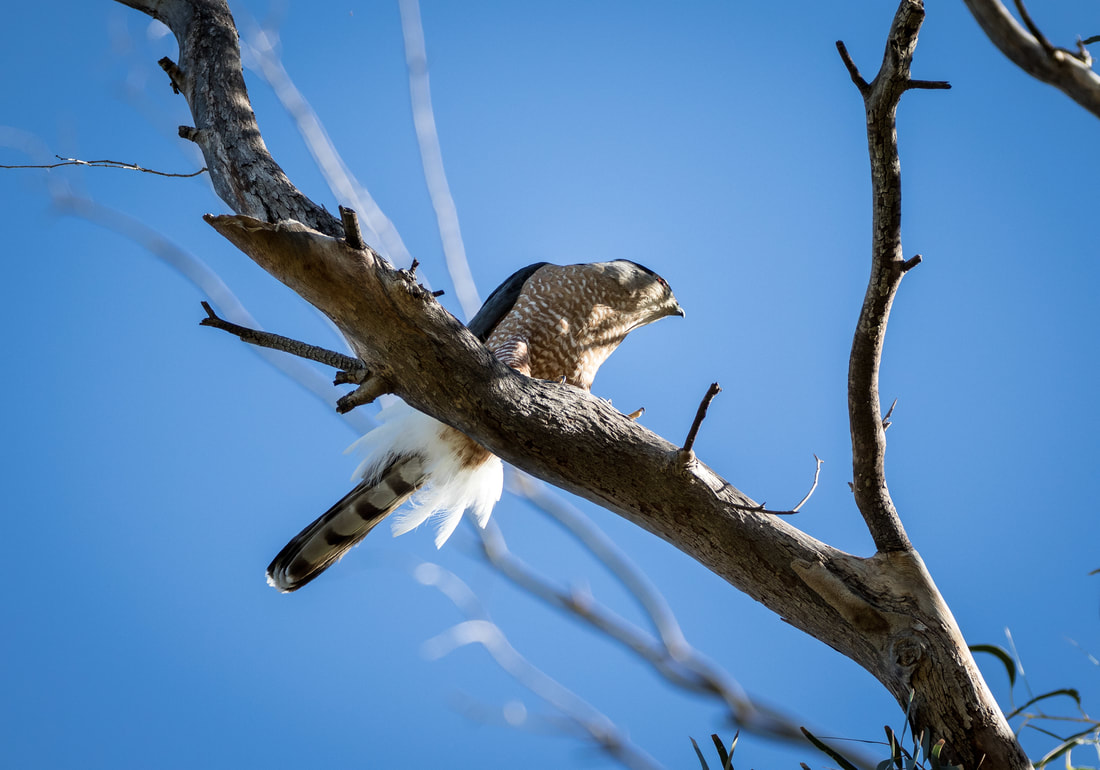




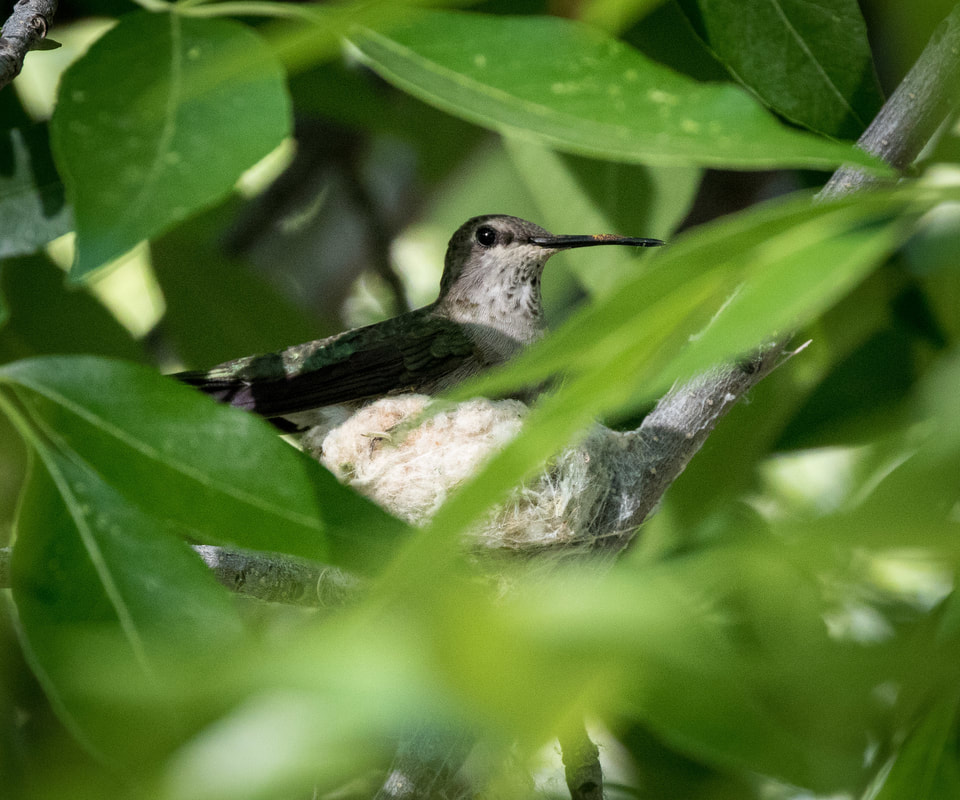
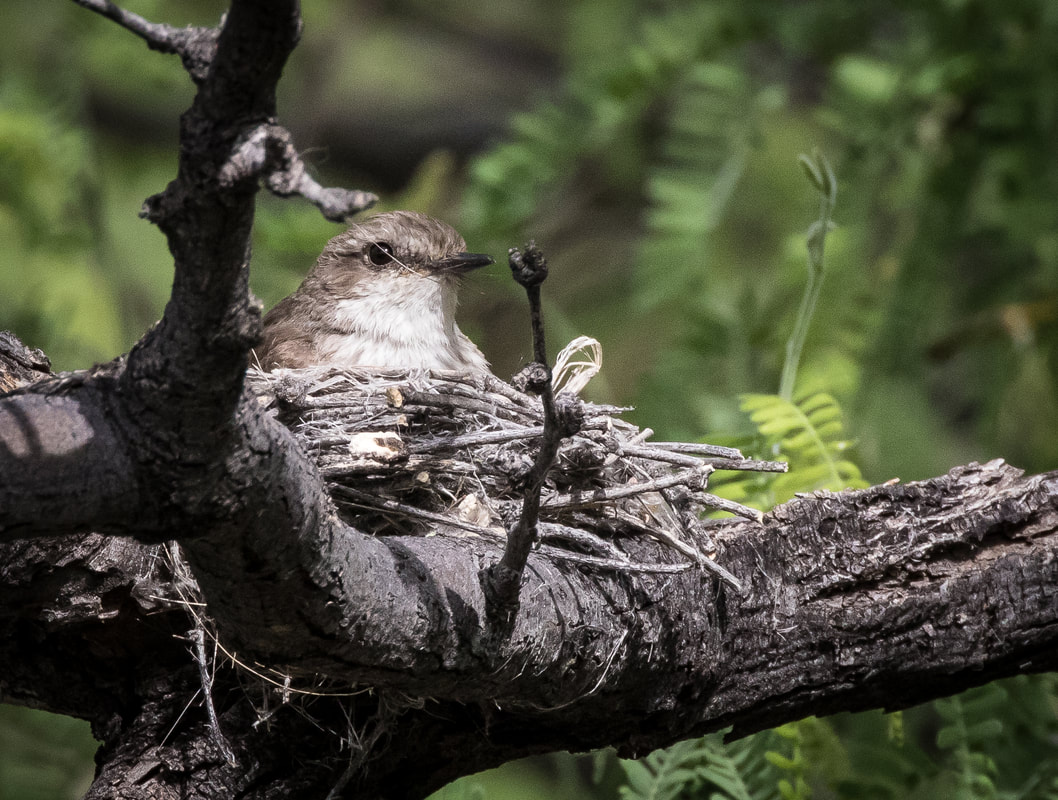
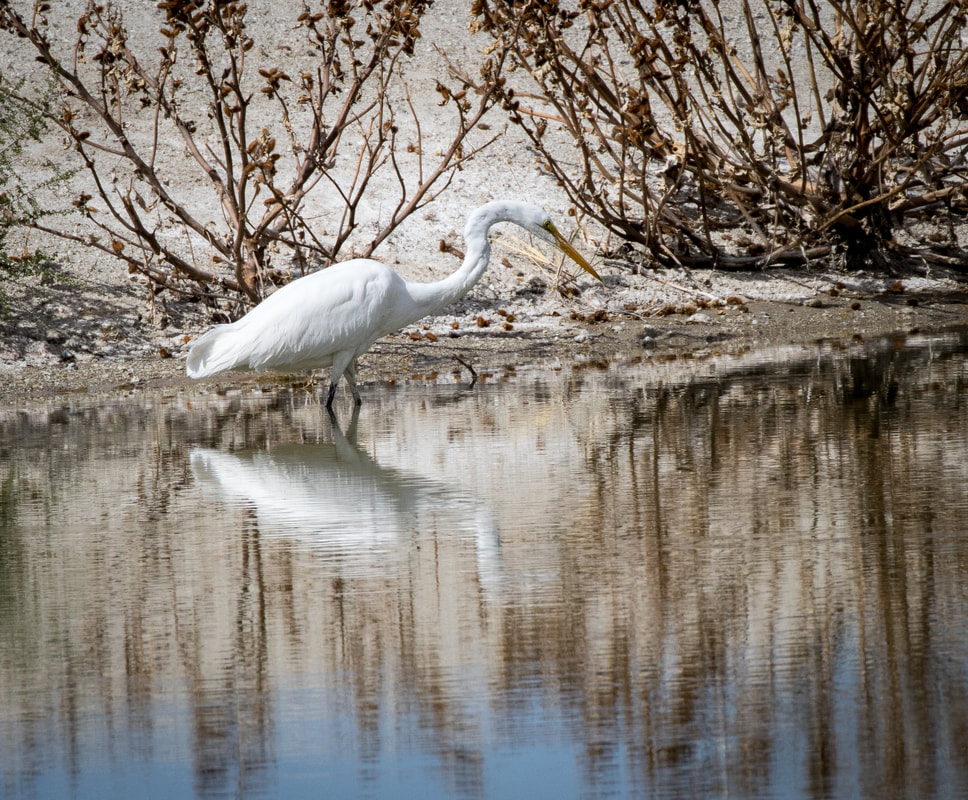





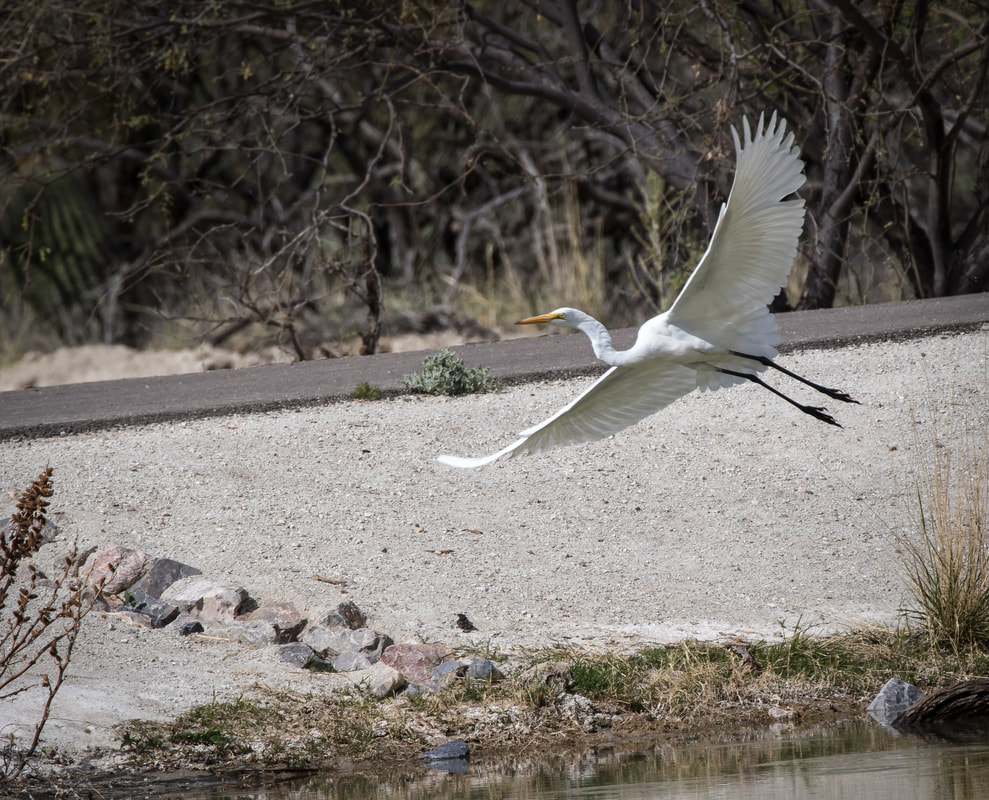










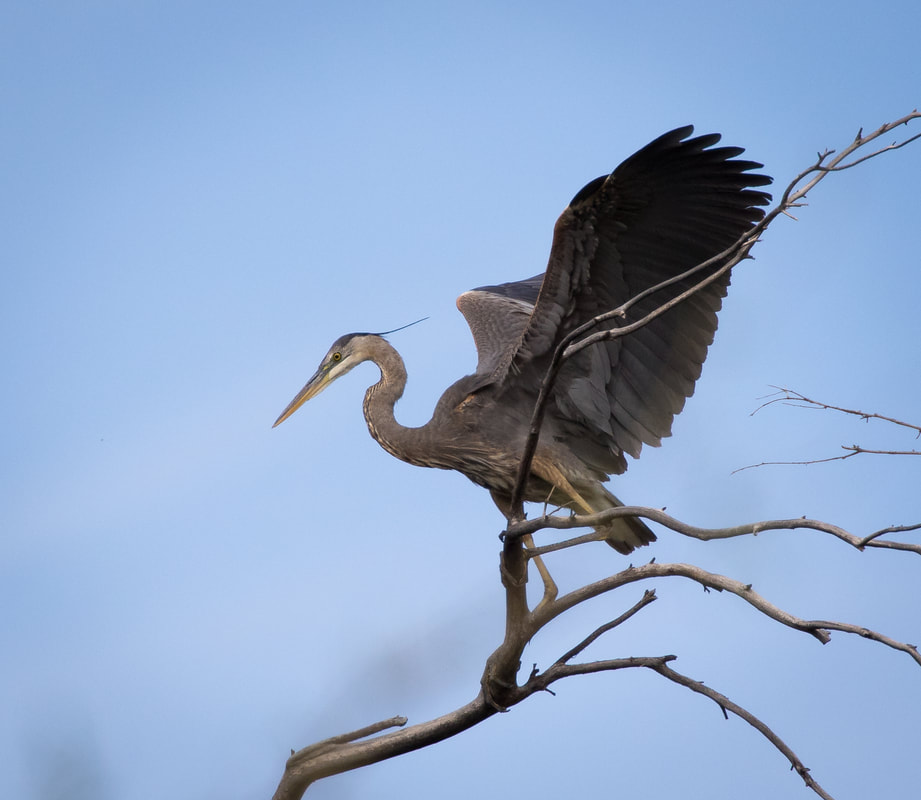








 RSS Feed
RSS Feed